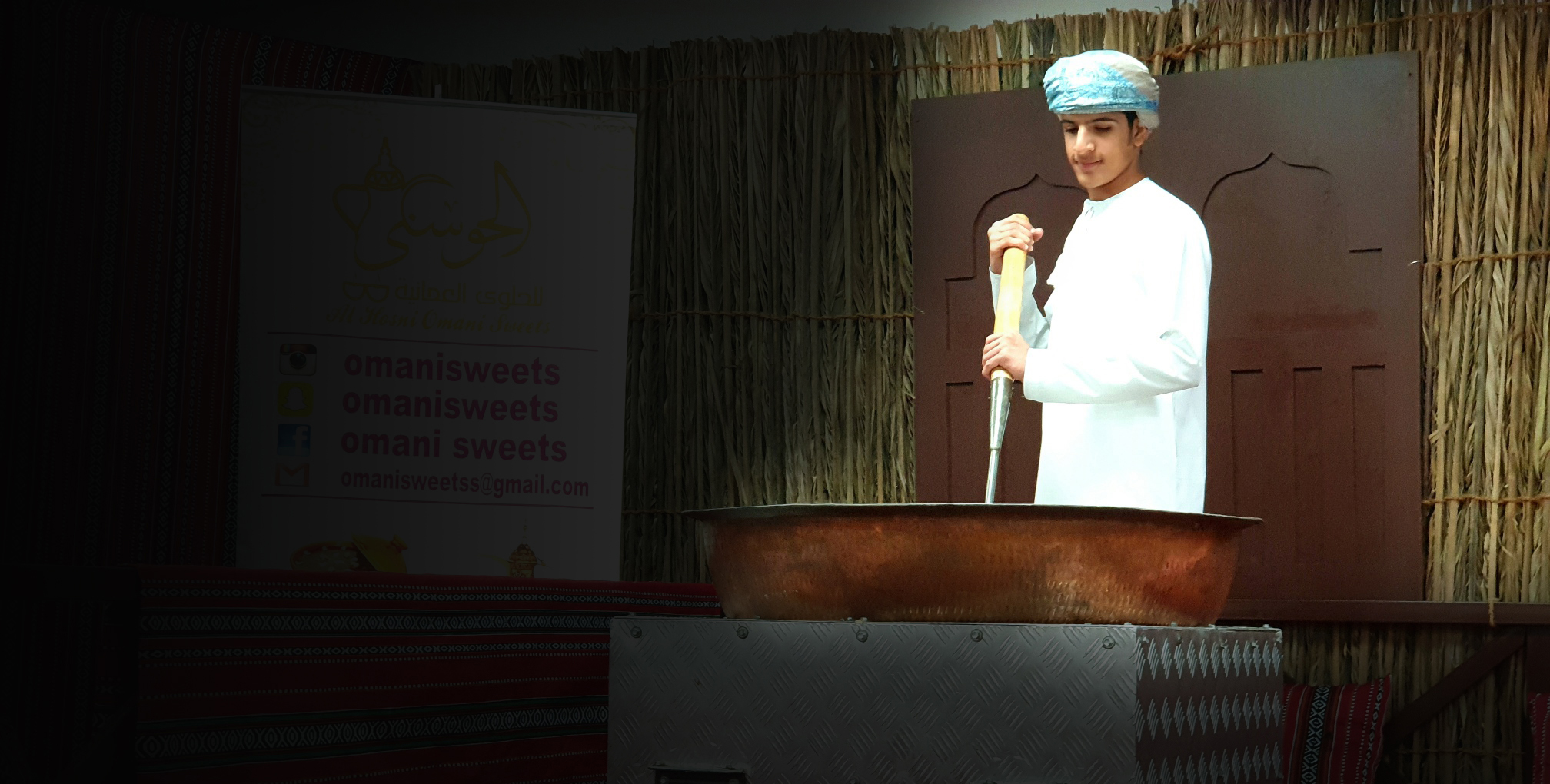

MUSCAT: Omani Halwa is especially popular during the Eid al Fitr festival which follows the Holy month of Ramadhan, and this year is no exception. Shelves will be packed with locally made sweetmeats from various family dynasties throughout the Sultanate, yet each family guards its secret recipe proudly.
The Al Hosni family is no exception. Their Halwa Empire can be traced back to 1950s Zanzibar and its founder, Ali bin Suleiman Al Hosni. His Halwa was so popular on the island that their home was called, “The Halwa Home”.
In the 1970s His Majesty Sultan Qaboos gave a call to all Omanis residing abroad to return to Oman and work in their own country. With his expertise in Halwa making, Ali bin Suleiman soon started a small shop in Seeb with just one boiler, later inherited by his son Salim. The family believes that Omani halwa is a symbol of Omani culture and heritage and it needs to be preserved carefully.
“We maintain the authentic Omani flavour of this key element of Omani hospitality, while adding excitement with new variations that will ensure that these desserts remain a popular treat for generations to come” explained Ali’s grandson, Murshid al Hosni. He wants to keep the business within his family, handing it down from generation to generation and safeguarding the secrets of the profession.





In 2014 Murshid launched the first shop under the new ‘Al Hosni Omani Sweets’ brand in Al Khod, now their flagship outlet. In 2015, he established the second shop in Sohar. Their delicacy is sold in beautifully carved wooden bowls in presentation gift boxes which delight Omanis and tourists alike.
He stresses the importance of the quality of ingredients which go into their halwa, such as cardamom, rosewater from Jabal Akhdar, saffron from Iran, Omani honey and other nuts and spices. He is very careful and choosy with his selection of the produce.
Murshid has since introduced many varieties, catering to different customers and their preferences. A low-sugar recipe made of milk, dates, figs, honey and nuts is proving popular among his health-conscious customers. On a normal day, they make between 70 and 100 kilograms of four to five types of halwa without compromising their high quality through bulk production.
He is protective about the distinctive Al-Hosni Halwa recipe which is the Black Halwa, served in a yellow bowl, made with saffron and natural dark cane sugar from Dakhliya farms. Apart from that they have created Honey halwa, Camel Milk Halwa, Olive Oil Halwa, walnut-studded or sesame (Turkish-style tahini halwa) and their speciality ‘Al Kabash’ halwa, made up from local sources and used for the treatment of arthritis.
Murshid is always seeking ways to develop his product further. In the olden days, they used Al Bustan wood during the cooking and stirring process. Currently, various machines have been developed, adding the flavours and spices while stirring the halwa to speed the process up, yet keeping the quality intact.
Currently Al Hosni halwa has 7 branches with around 15 staff each. The branches at Al-Khoud, Al-Azaiba, Sohar, As-Seeb, As-Suwaiq and Salalah serve their loyal clientele, and he recently opened the largest branch in Fanja by raising funds from an SME Development Fund (Inma).
Murshid said that the lack of awareness about Halwa quality amongst different communities in Oman is an area he wants to focus on. He is aided nowadays by his young entrepreneurial cousin, Haitham al Hosni, and so the family tradition goes on expanding, bringing delight to all sectors of Omani society who are lucky enough to sample the genuine taste of Omani halwa this holiday.
Oman Observer is now on the WhatsApp channel. Click here



